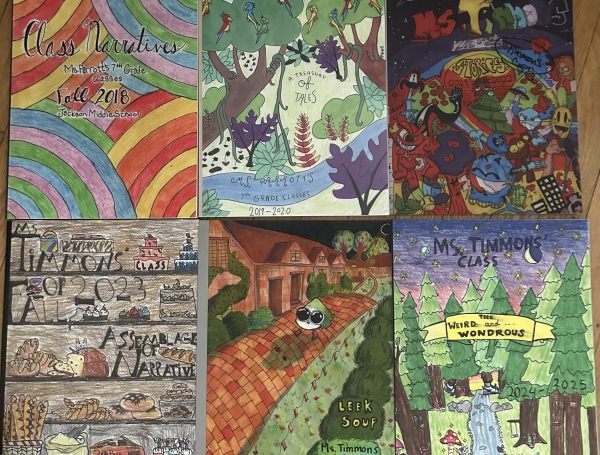

Rekindling Student Engagement Through Authentic Writing
August 6, 2025
This summer, I had the chance to be a student again in For the Love of Writing, a course taught by Sara Sebastian that invited us to reconnect with writing through experimentation, revision, and reflection. We explored forms like 100-word memoirs, short reviews, flash fiction, and single-paragraph literary analysis. These assignments were an invitation to write with clarity and intention. And for me, they sparked new ideas about how to make student writing more engaging, authentic, and meaningful.
What surprised me most was how much power short writing holds for both students and teachers. These compact forms create space for choice, elevate voice, and nurture a sense of agency. As a high school English teacher working within a rigid, standards-driven curriculum, I often struggle to make space for authentic writing.
These short assignments also support writing as a process, not just a product. By revising intentionally and reflecting honestly, we were able to take risks, discover clarity, and connect more deeply to the work. I left the course re-energized, with a renewed belief that small, well-designed writing tasks can lead to real skill development, deeper engagement, and lasting relevance.
Here are three assignments from the course that I plan to adapt in my own classroom:
1. The 100-Word Memoir: Precision + Personal Voice
This tiny form was surprisingly expansive. Through a structured seven-draft process—created by Sara Sebastian and expanding on the 100-word memoir assignment from Penny Kittle and Kelly Gallagher’s 180 Days—we moved from raw freewrites to refined final pieces. The word limit forced us to make choices, while the personal nature of the task allowed for reflection and vulnerability. It’s a powerful structure for building narrative voice, revision habits, and writerly confidence. Even within strict constraints, students can express something deeply individual and true.
2. Literary Analysis in a Single Paragraph: Depth Without Overwhelm
Rather than assigning full essays, we zoomed in and wrote one well-supported literary analysis paragraph. This helped me focus my thinking and sharpen my language without feeling bogged down. For students, it’s a way to practice deep analysis in a format that’s manageable and focused. And with built-in choice (which passage to analyze, which device to explore, which interpretation to argue), students can develop critical thinking skills while still owning their perspective.
3. Writing Reviews: Opinion with Personality
Writing a short review gave me space to express ideas with voice and structure. These pieces allowed for opinions backed by observation and reflection. They blended narrative, argument, and analysis in a way that felt both relevant and flexible. I imagined my students writing about books they love, movies they hated, video game releases, new albums, concerts, and doing so with purpose and personality.
Each of these assignments reminded me that when students have choice, feel a sense of agency, and are invited to treat writing as a process, they show up. They engage. They reflect. They revise. These practices can live alongside a structured curriculum, and they might just be the part of it that students remember.
Short writing doesn’t mean shallow writing. It’s often the shortest assignments that lead to the deepest thinking.
This guest article was written by Jen Ellis while taking the online continuing education course For the Love of Writing by THI instructor Sara Sebastian.



_600_455_s_c1.jpg)
